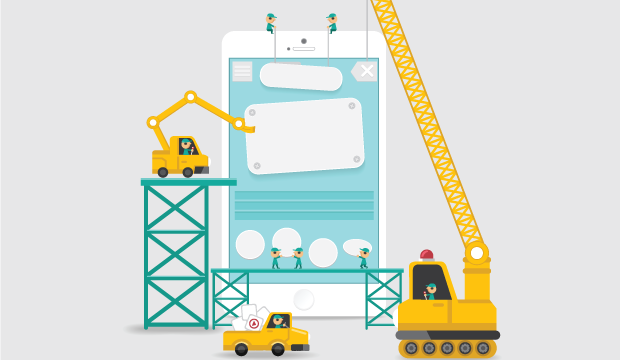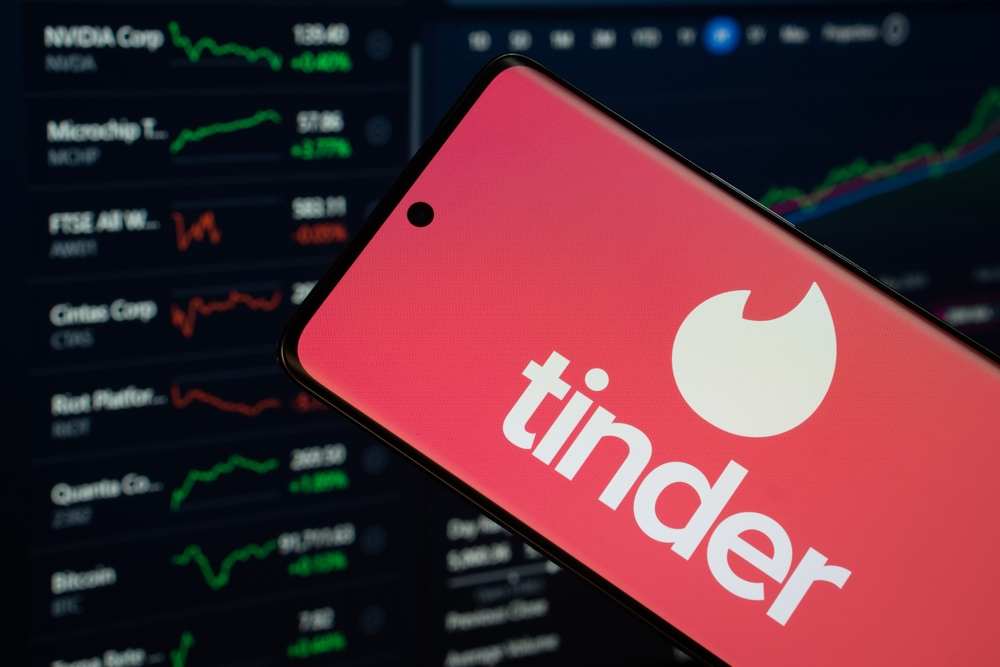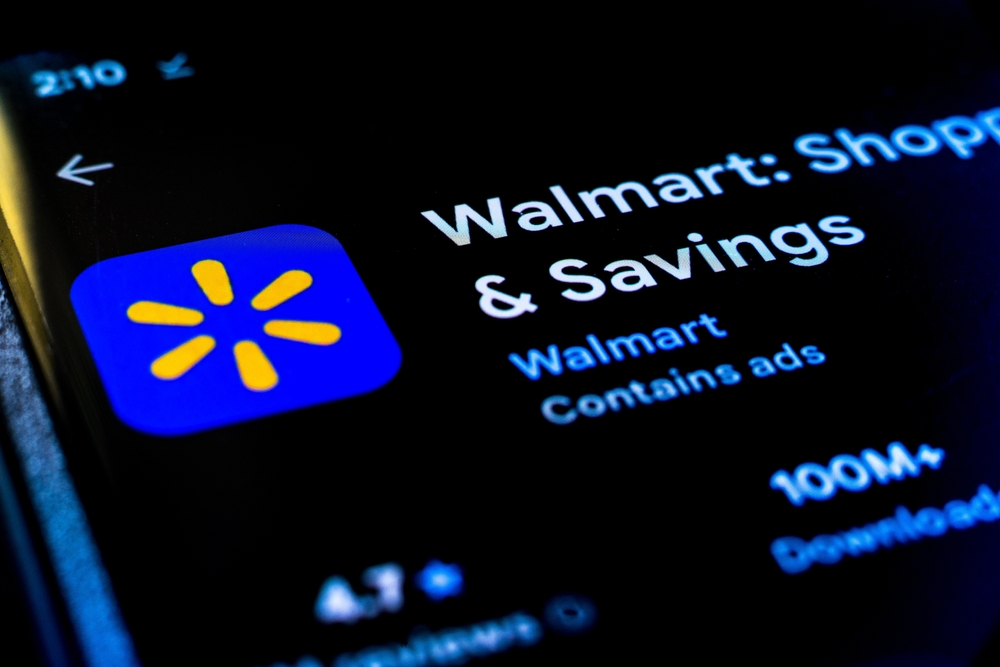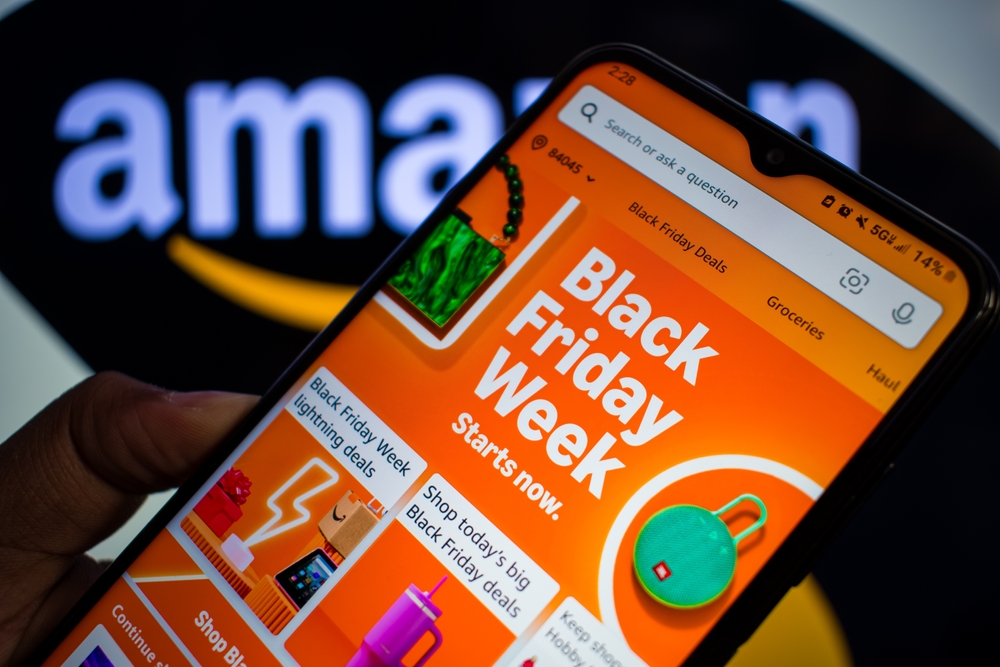The original post can be found on my weekly Inc.com column, Uncensored.
There are more than seven million apps live right now in the App Store and Google Play, with 10,000 being added every day. Given the sheer number, it’s no wonder the app economy is top heavy. Most apps are failing and chances are that yours is one of them. As someone who lives in app economy data, I’d like to share some of the reasons why your app may be failing and a few ways you can turn your fortunes around.
Onboarding
You could be losing your users before they even get in the door. Look at your user retention data and see if they drop off shortly after downloading the app? While user interface and experience is very important, and you should always err on the side of intuitive design, a brief tutorial could be your remedy. Someone downloaded your app for a purpose and for a specific reason. That someone will become frustrated if they cannot use the app immediately for its intended purpose. Implement a brief, yet informative tutorial on how to get the most out of the app. Always offer them the ability to skip this as some users will find the tutorial burdensome.
How do you know if your app is intuitive enough or you have a smart tutorial in place? Give it the grandmother test. That’s right, give your app to your grandmother (or anyone’s grandmother) and see if she understands and knows how to use your app. If she doesn’t, it’s back to the drawing board! Testing and receiving feedback on all aspects of your app is so important to the final product.
Less pushy push notifications
I could write an entire column on push notifications, they are the most powerful and invasive retention mechanisms for mobile app developers. There is a fine line to walk here and those who walk it best will build trust with their users. The three components to push notification glory are timing, frequency and content.
Timing should be based around your users which is something you will have to A/B test with. Chances are you have an analytics SDK (software development kit) installed in your app but if you do not, get one. Flurry or Google Analytics will do just fine. You can even build and pinpoint sets of users to receive notifications at different times. Frequency is also something to toy with. Push too little and people may forget about you, push too much and you risk annoying them. Again, there may be some sets of users you wish to nudge more often than others.
Content is the last key but just as crucial. Don’t be salesy in a push notification. The chat fiction app Hooked used the next line in the story the reader left off at as a push. This brings the reason the user downloaded the app in the first place right to the forefront of their screen. Fantasy football app Draft sent a message telling their users they loved them at the kickoff of the NFL season. Notifications can definitely be used to inform people of promotions, there just needs to be a level or creativity and/or value involved, otherwise it’s viewed as annoying and pushy.
App Store Optimization
Not everyone has an advertising budget for user acquisition. Many rely on word of mouth, social media and organic discovery. Optimizing your app for the stores helps create more organic discovery. It’s almost like SEO for the web. While I will go over some basic thought starters below, definitely Google “free ASO tool” to get more knowledge to put behind your efforts.
You might want to rethink the title of your app, or add a few more words to it. The perfect title combines highly trafficked keywords with on-brand keywords. For example, Amazon’s app is not just called Amazon. It’s actually “Amazon – Shopping made easy.” This is because some people will simply search “shopping” instead of already knowing they are looking for the Amazon app. A proper description for your app will also aid search discovery. Key in on keywords while also detailing the value your app provides and why it might be different from competitors.
Selecting a category and subcategory often comes naturally but see if you have any wiggle room for creativity. Category selection is vital because it determines who your competitors are in terms of rank spots and search discoverability. Twitter operates in the News category on the App Store because it’s easier to compete there than with the social media titans. Bumble is listed under Lifestyle in Google Play instead of Dating because it wants to be seen as more than a dating app. Try to determine where your app has the best chance of success.
If a picture says a thousand words, a video says… who knows but it’s a whole lot more. Use videos for your description instead of screenshots. Definitely have the video thumbnail be an image that is descriptive in itself but giving the user a feel for the actual usage of your app before they download it can be very powerful.
While the above is just the tip of the iceberg for tweaks you can make to improve the success of your app, I hope you find it it helpful and it leads you down the right path of thinking for the future. As always, please feel free to reach out with any questions.





